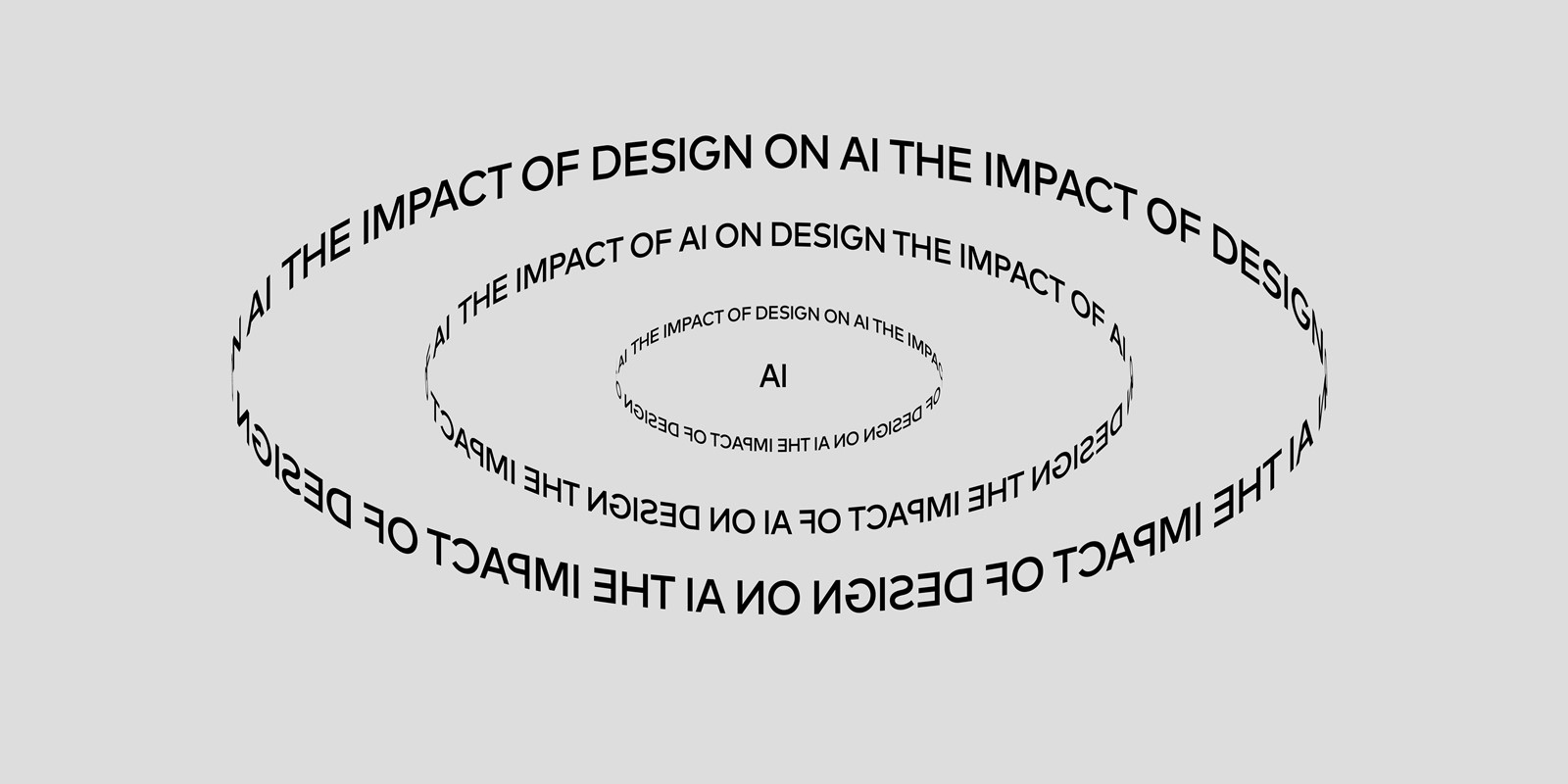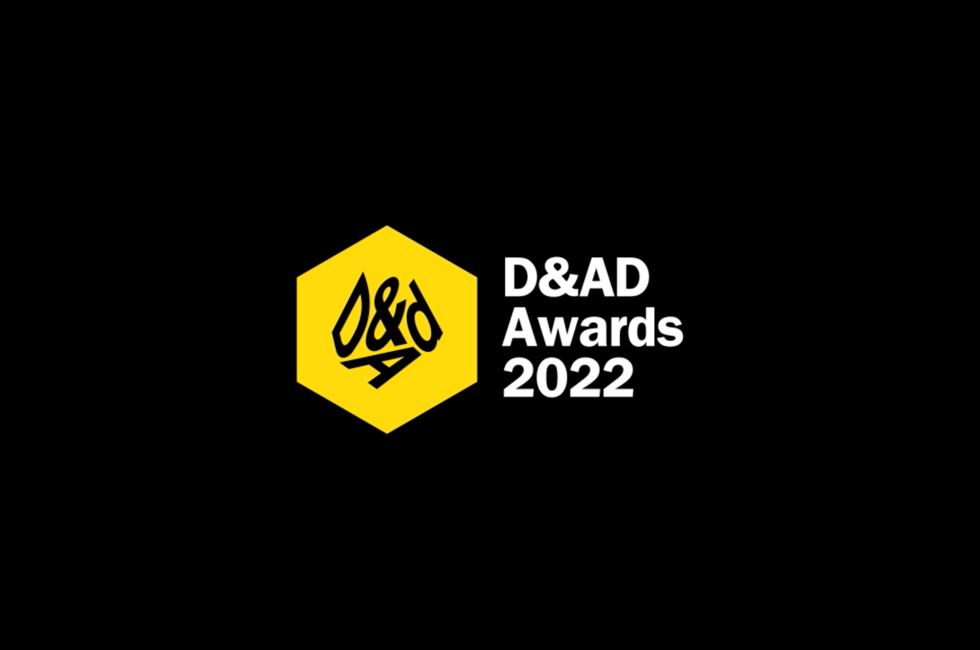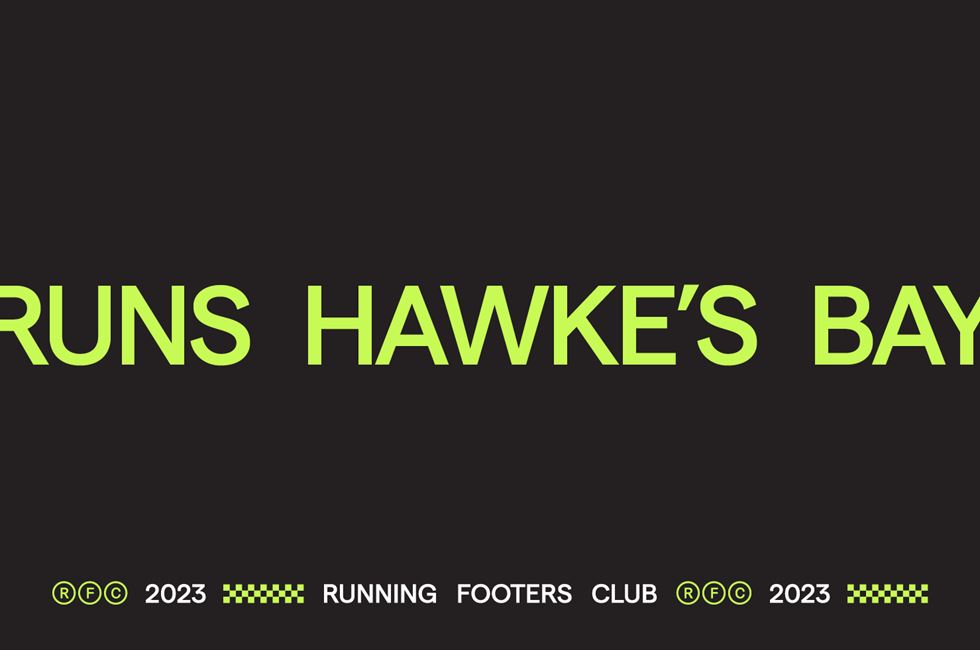The impact of AI on design

In 2013, an influential Oxford University study predicted that computers and artificial intelligence (AI) would replace almost half of all jobs within 20 years. We are now at the halfway mark, and it got us thinking. What exactly is AI? How has technology impacted design in the past? And what effect will automation have on the creative industry in the future?
Ok, so first off – what is AI?
After hanging out on the internet and asking the robots directly - we now have a basic understanding of AI. It’s a technology that, through computers, is able to perform various tasks and streamline processes. It can analyse data, translate languages, predict trends, and make recommendations.
AI is computer software that studies, analyses, and interprets data. It uses this understanding to recognise patterns and then make decisions based on that data. AI can be applied across many things – from automating repetitive tasks to driving cars, making predictions or creating generative content. That said, AI has its limitations. Because it is trained with confined data sets, its knowledge, and therefore its judgement, is limited to the information it has been exposed to. If that information is outdated, incorrect or biased, this will be reflected in the AI. Similarly, because it is trained to make decisions using algorithms, it can struggle with abstract concepts, intuition, and nuances in the way that people communicate and express ideas. This inability to read the room means AI is ill-suited to complex reasoning and problem-solving.
How has technology changed the game in the past?
While AI is relatively new, technology’s ability to change the game is not. Throughout history, innovation has led to seismic shifts in social values, norms and behaviours.
Take for example the invention of the Gutenberg printing press in 1450. It revolutionised publishing by replacing costly, time-consuming hand-lettering with a system of movable type. This change enabled the mass production of printed materials. As the industry grew, other new technology such as lithography, screen printing and photography was developed to support the burgeoning field of visual communication.
The invention of the computer and the internet has also had a revolutionary impact on society and the field of design. Digital technology has fundamentally changed how we make and share content. It has enabled us to quickly create, iterate and edit layouts, images and video. It’s given us an unprecedented ability to build interactive experiences that can disrupt entire industries. And it’s made it possible to share ideas and collaborate with like minds across the world in an instant.
These technological advances replaced redundant jobs with a raft of new opportunities. In the case of the printing press, it led to the spread of knowledge, information, and cultural exchange throughout Europe, helping to shape the world we live in today. Digital technology has similarly radically transformed how people create, consume and share media.
How is AI shaping our design practice?
Design is the process of creating a solution to a problem or need. In visual communication, it is the act of creating and refining design elements to effectively communicate an idea. AI-powered tools can seamlessly plugin to these processes. At Strategy Creative, we’ve been intentional with our use of AI. We ensure we are using the right tool for the job by understanding both the benefits and limitations of the tech. By doing this we enable our designers to develop concepts and then execute those ideas more efficiently.
How we use AI for ideation
We love using AI as a tool for exploring possibilities. We use generative platforms like MidJourney and DALL·E to create visual outputs from written prompts. We find they work because they aren’t human – they deliver images that are divergent, unexpected and unique. AI used this way allows us to quickly test the feasibility of an idea, to instantly explore style mashups or to rapidly iterate and prototype.
How we use AI for image optimisation
When we design we use the Adobe Creative Suite to bring our vision to life. The software is powered by Adobe’s Sensei AI platform. It’s a collection of tools that help automate time-consuming tasks such as image selection, colour-grading, clearcutting, and retouching images in a fraction of the time it previously took.
How we use AI for copywriting
We use a mix of copywriting AI to level up our language. When we create long-form copy, like this article, we employ the ChatGPT-powered Lex to develop a first draft from our content plan. While content from that first draft rarely makes our final cut, we’ve found it to be an incredibly useful method for eliminating writer’s block. When our words need an editorial eye we switch to Grammarly for its suggestions to improve flow, grammar, and style.
How does our design process benefit from AI?
By making ideation, image optimisation and copywriting more efficient, AI has freed up our designer’s time, energy and concentration for more complex creative challenges. It allows the team to step up a gear, give attention to the craftsmanship, and act as art directors, curators and editors. Ultimately it means better work that cuts through the noise and connects brands with their audience.
What’s next for us and AI?
Since implementing AI into Strategy Creatives workflow we have experienced the full gamut of emotions. Excitement at its potential. Delight at the speed of its output. Surprise at the unexpected, and often bemusing, content it produces. Disillusionment when we realised it’s no replacement for human insight and intuition. And elation for the same reason. We’ve come to realise that despite its game-changing potential, AI is no magic bullet. Design is both a critical and a creative act. It requires deep thinking and analysis mixed with experimentation and craft. It’s about having both a vision and the cognitive and technical skills to bring it to life.
Take this very article as an example. To write it, we first undertook research into the mechanics of AI. Over the last 6 months, we’ve been integrating it into our process, debating its merits and shortcomings along the way. We used these collective insights to develop a content plan which formed the brief for Lex & ChatGPT to write the first draft of this article. AI helped get the ball rolling but only a small fraction of its suggestions made the cut. We also had DallE make our hero visual. It didn’t follow our instructions. But the unexpected results made us smile so it’s there, at the top of this article, making you want to know what the hell you're about to read. All of this is to say that, while we have had success folding AI into our processes, it has by no means replaced the higher-level design skills that enable us to deliver exceptional work.
The final word, direct and unfiltered from the ghost in the machine
We are only at the beginning of this journey. AI is becoming more powerful and pervasive, with new applications and use cases appearing every day. In the future, AI won’t just be used to automate tasks and streamline processes. It will be used to augment human creativity, helping us to make informed decisions and develop innovative solutions—all powered by data and artificial intelligence.
Citations:
https://www.oxfordmartin.ox.ac.uk/downloads/academic/The_Future_of_Employment.pdf




